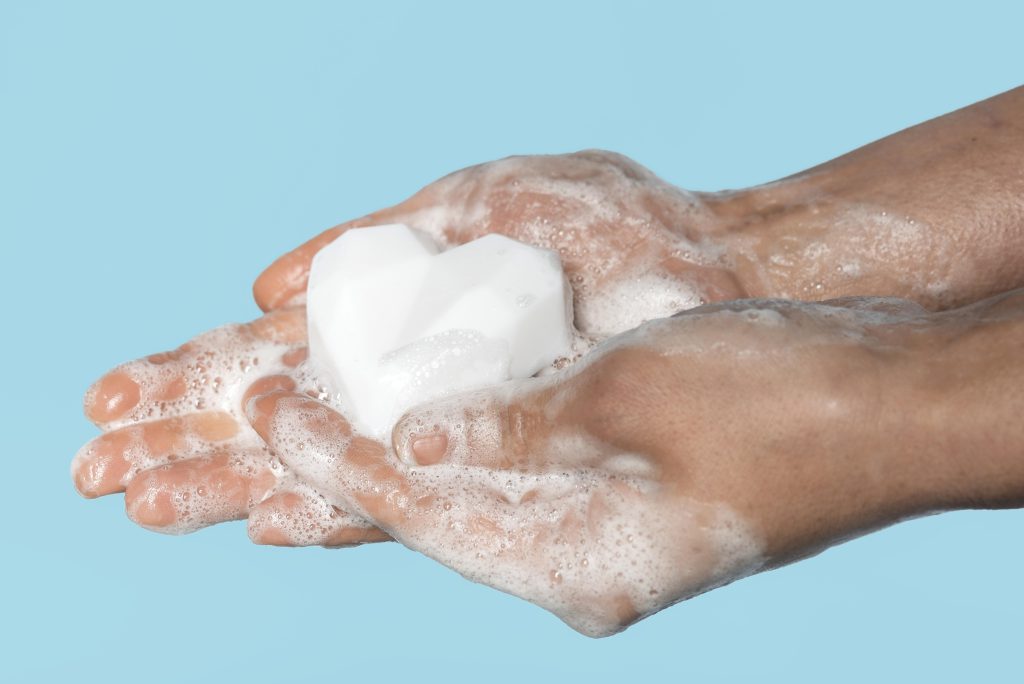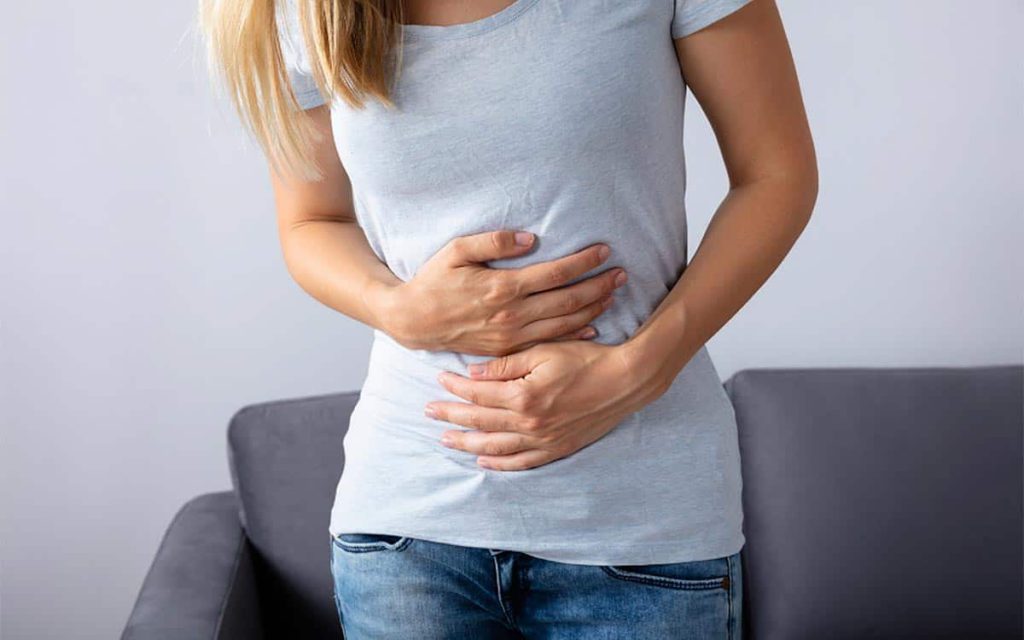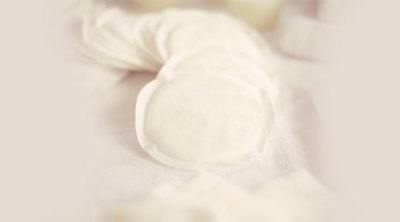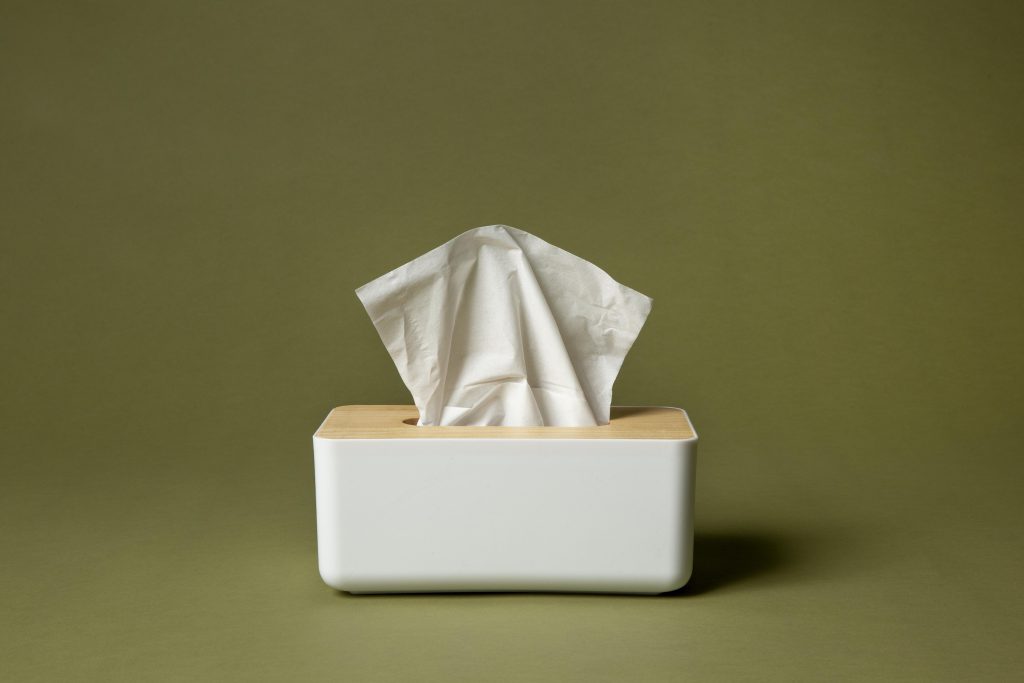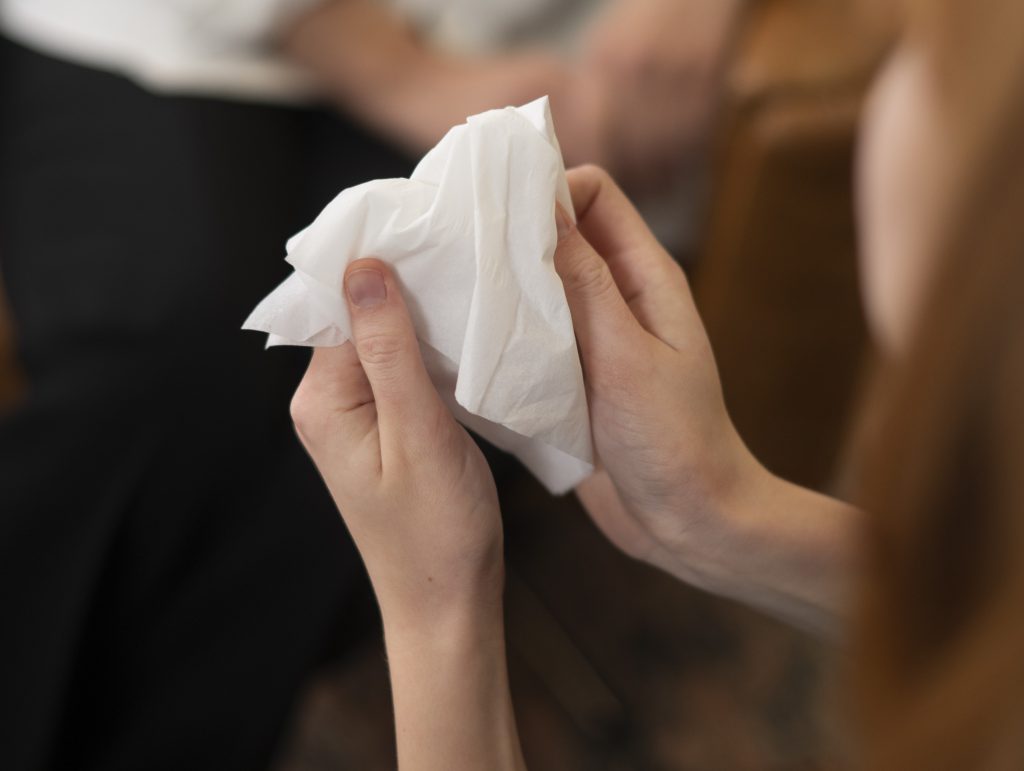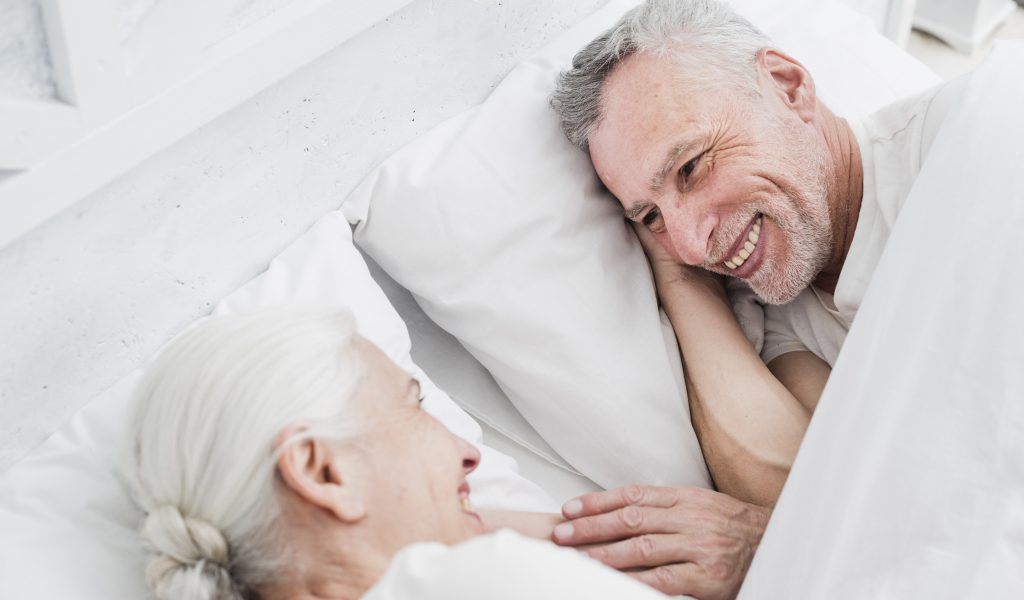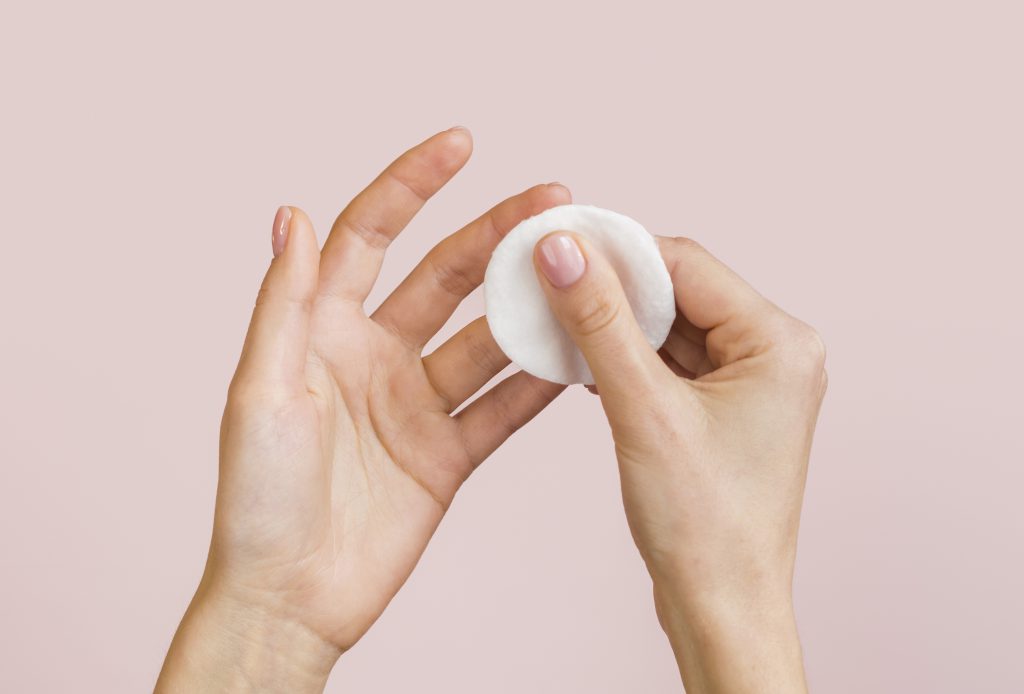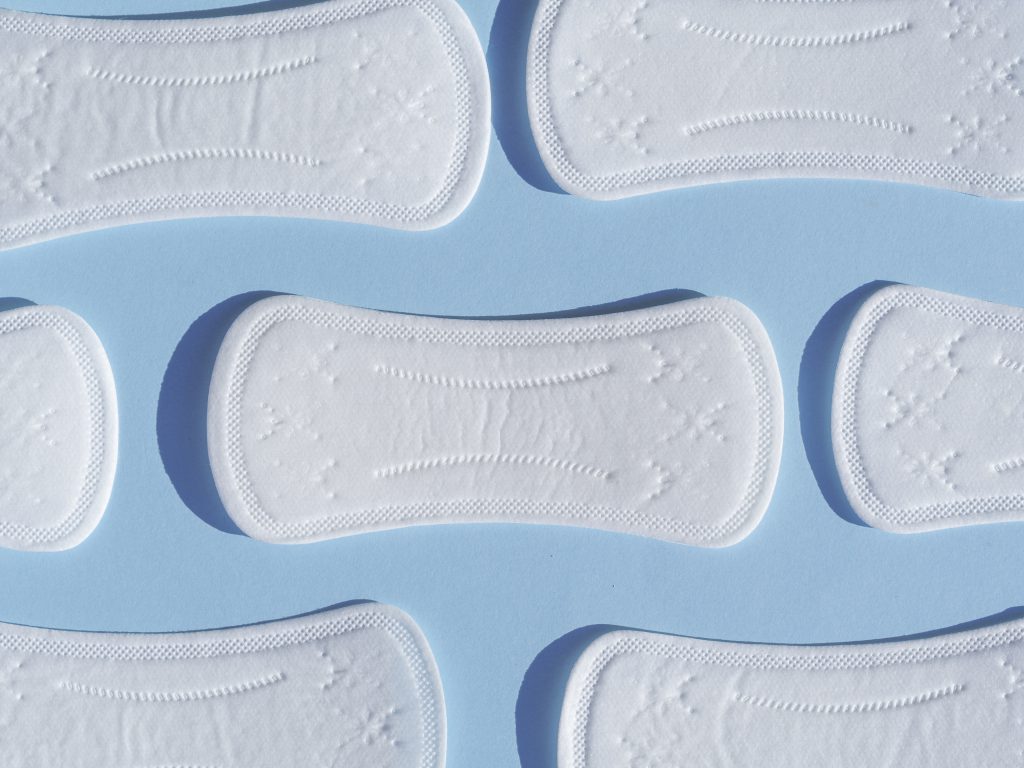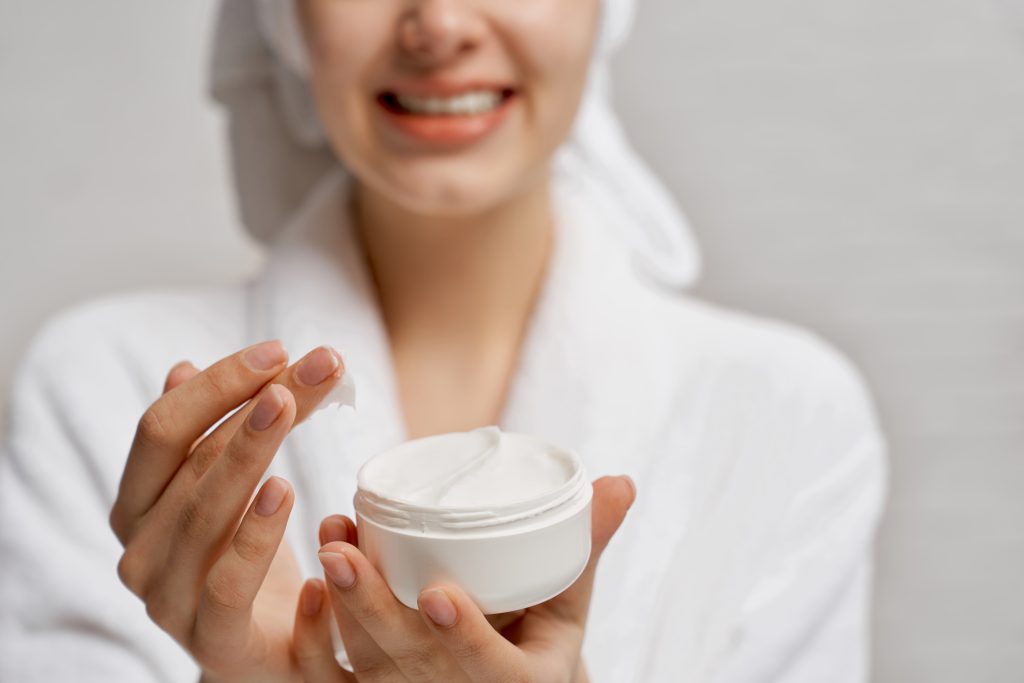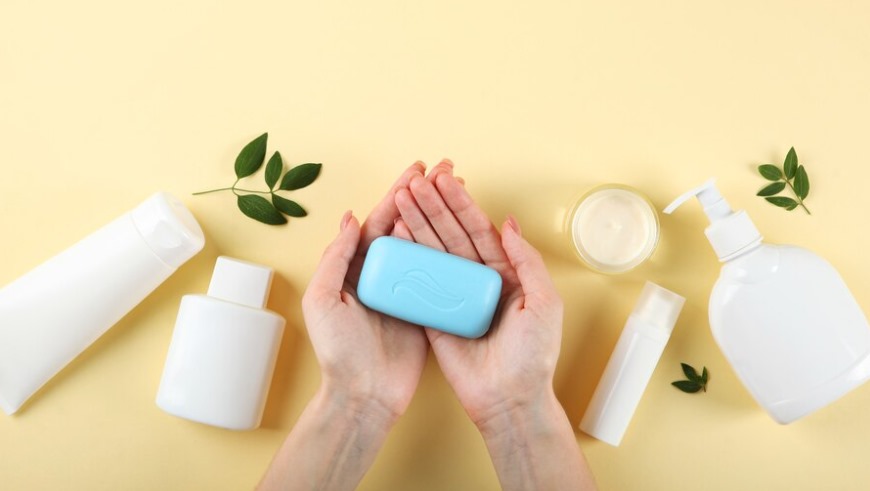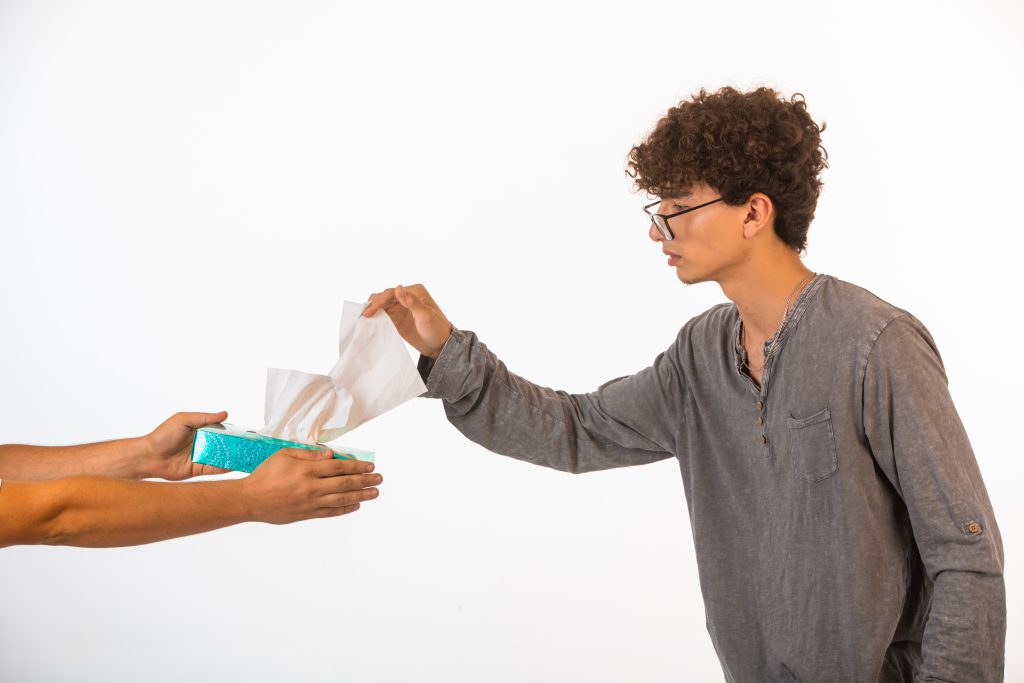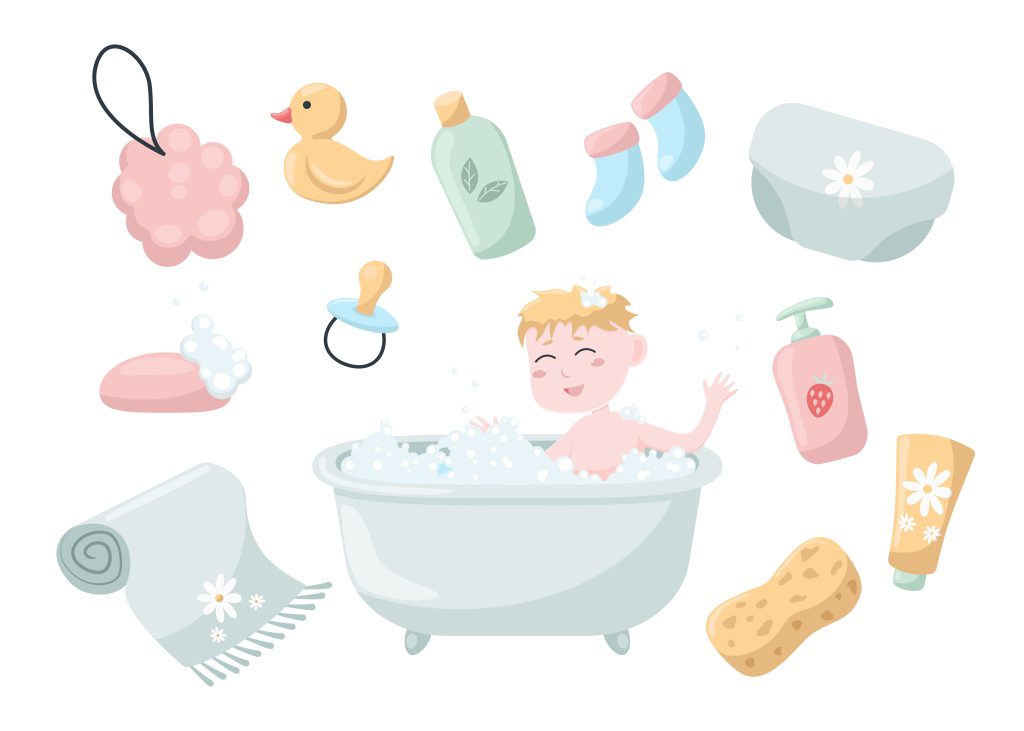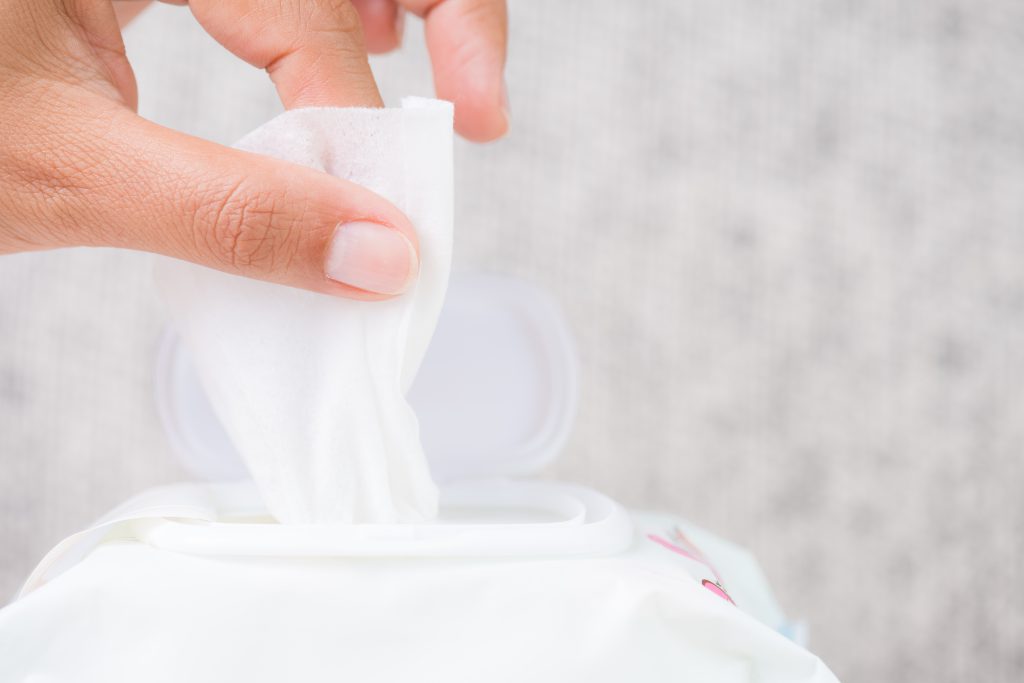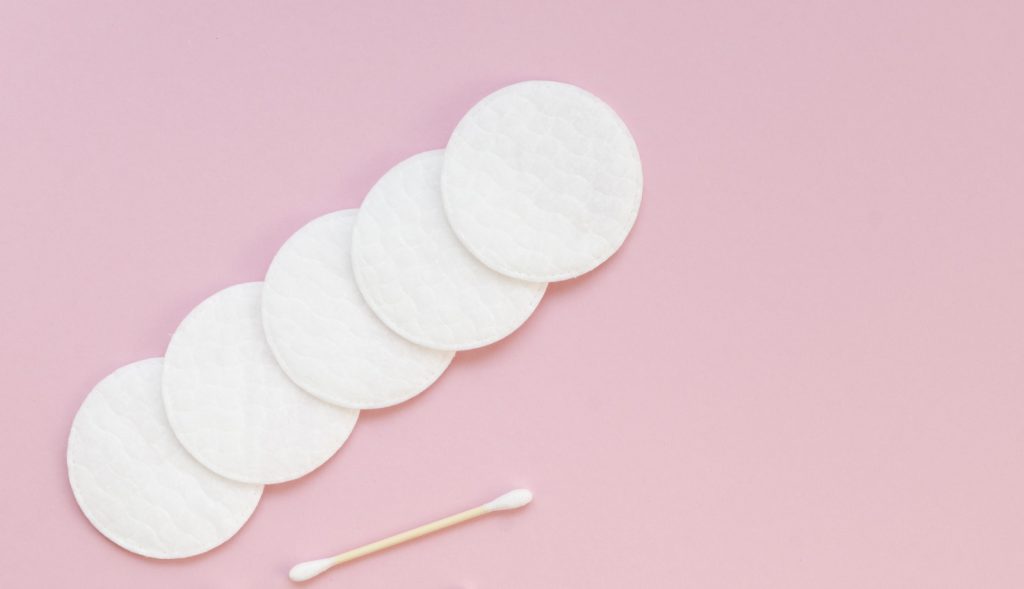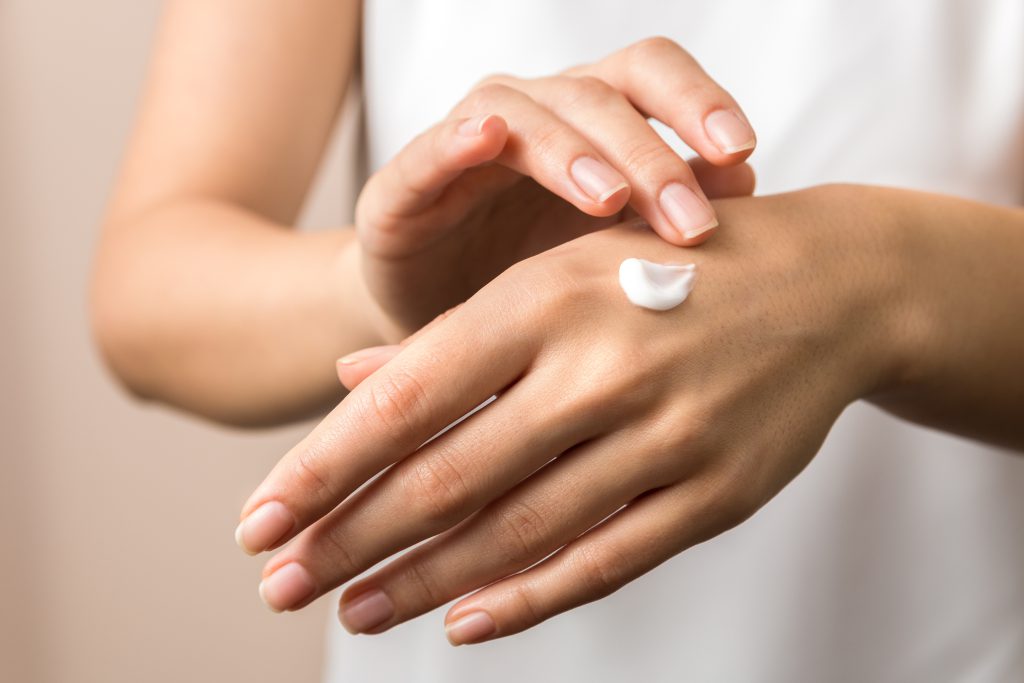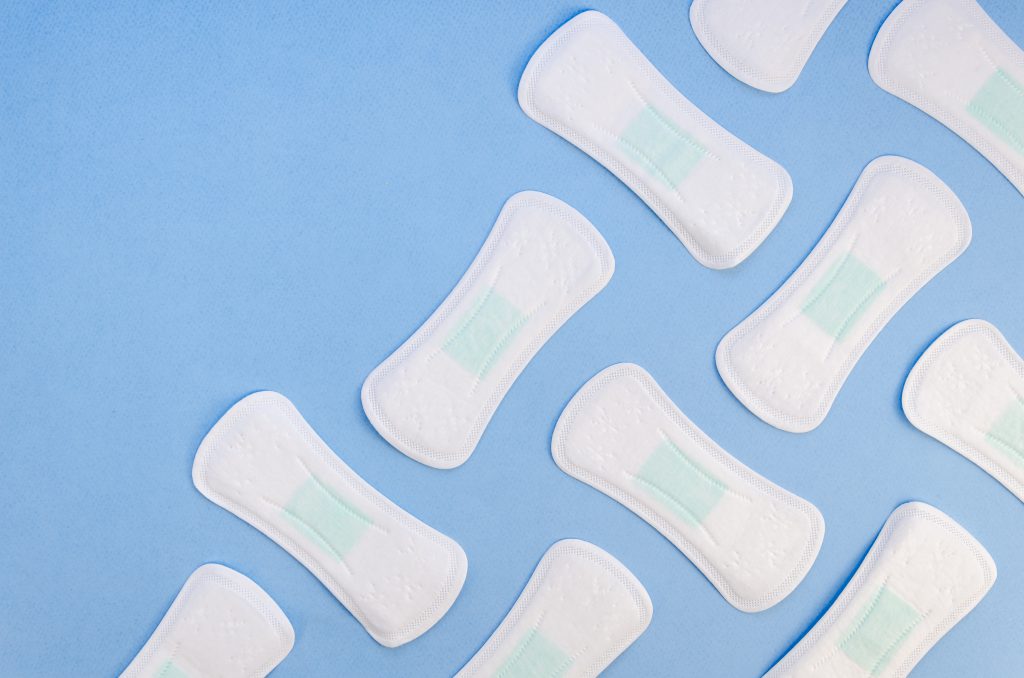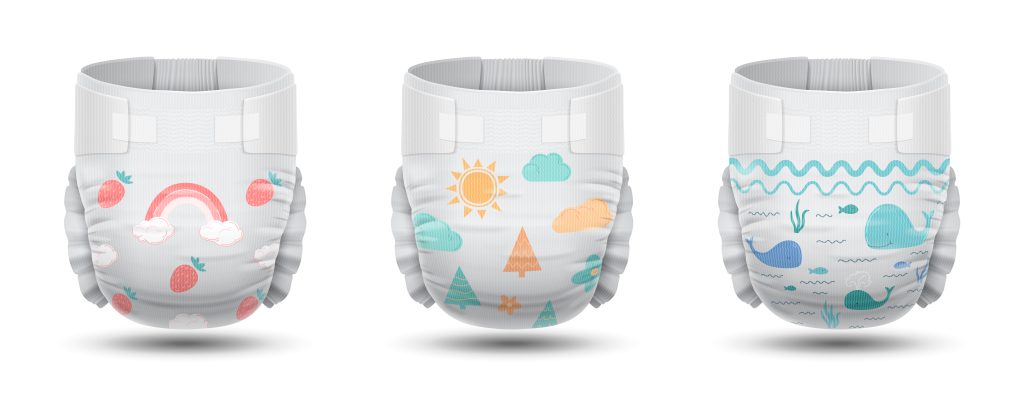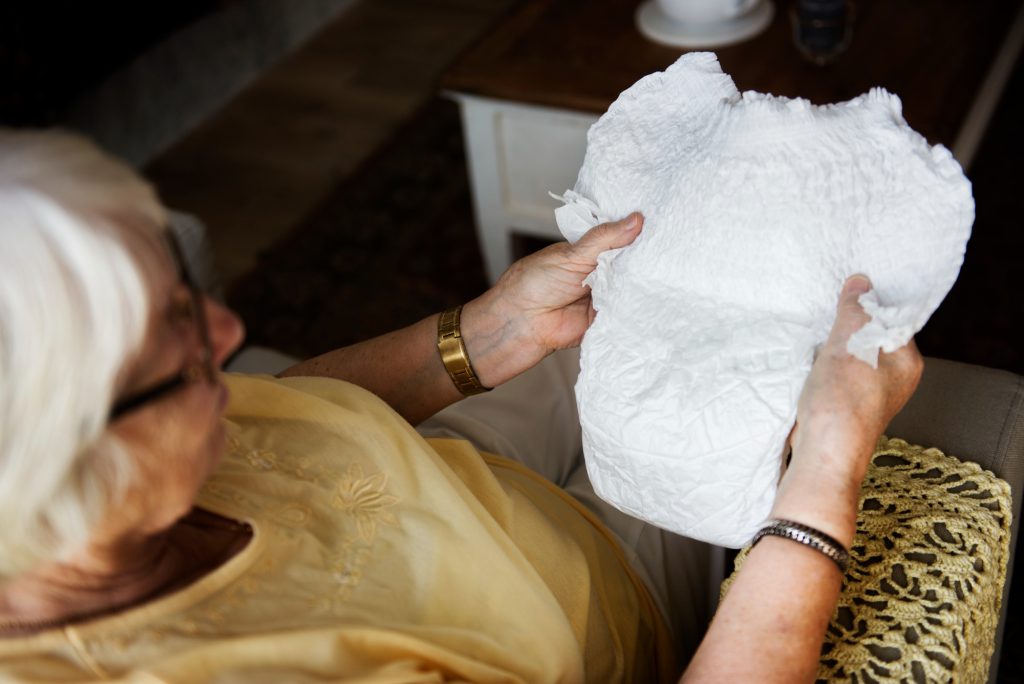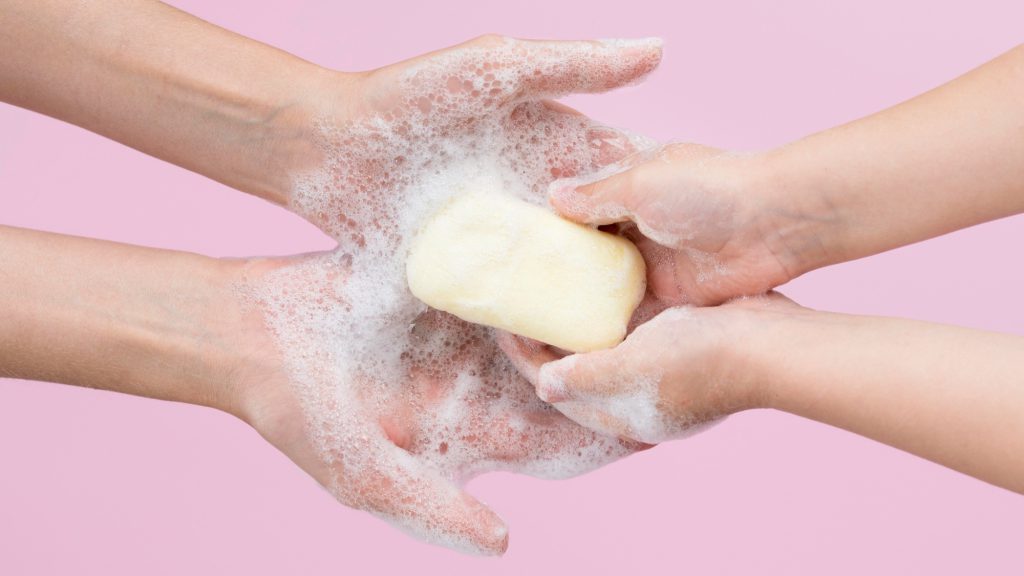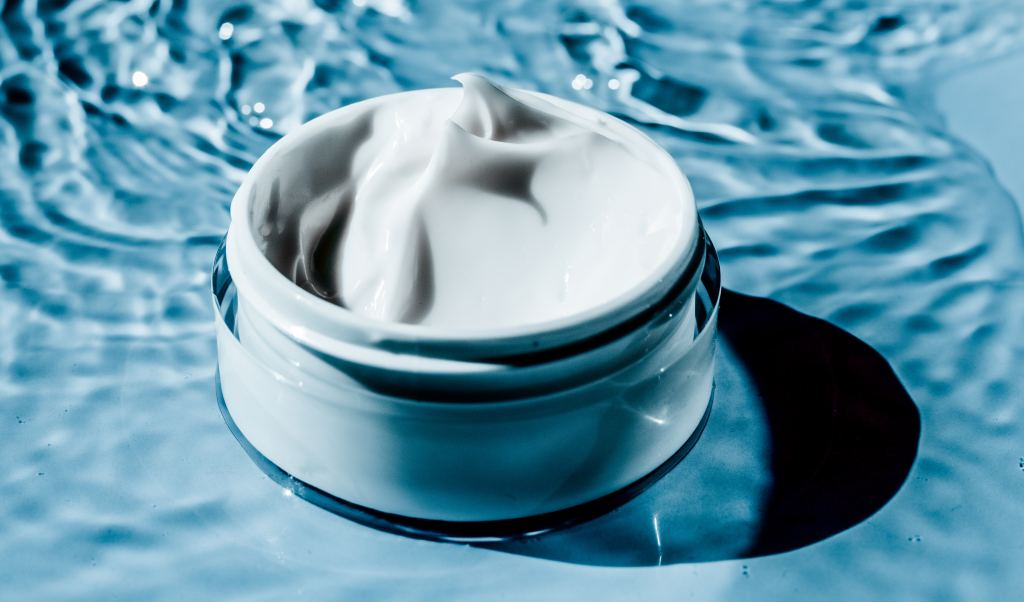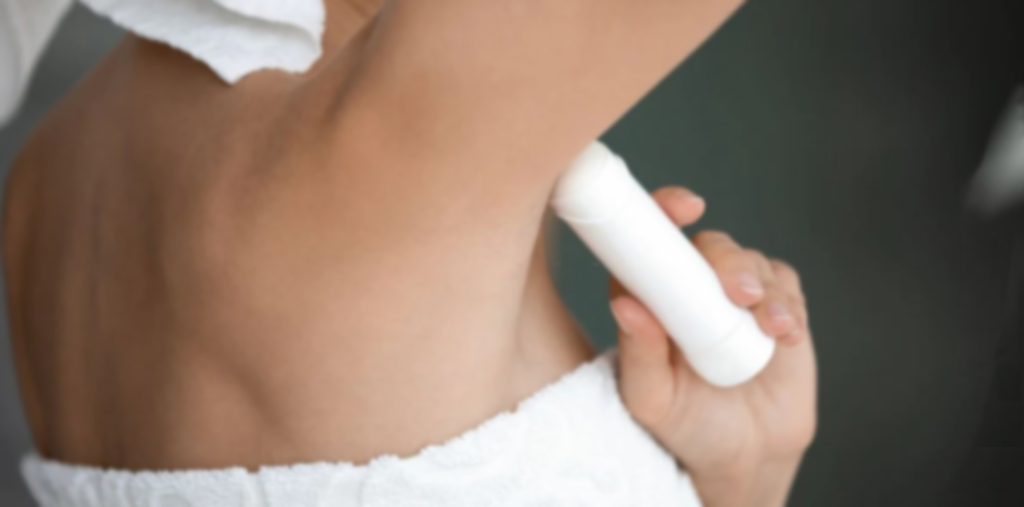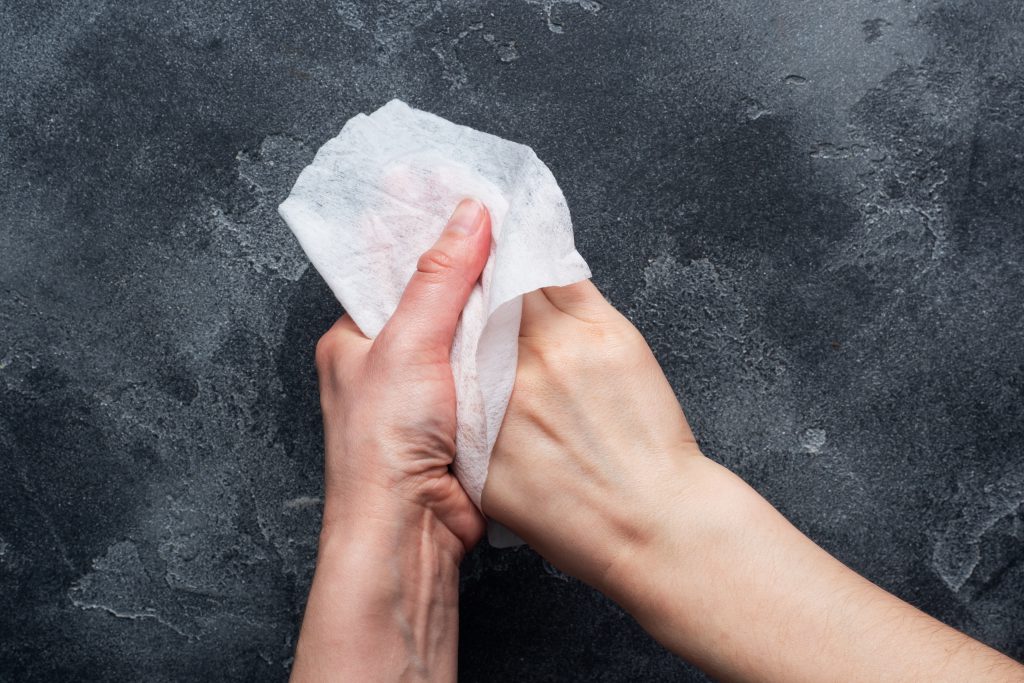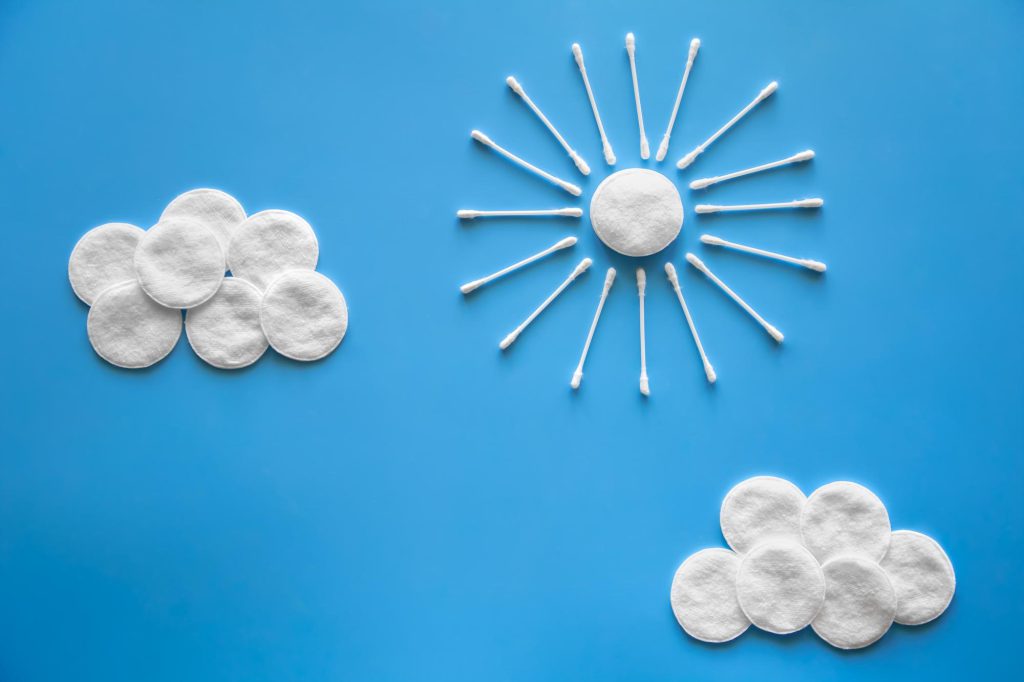Urinary incontinence in adults is a problem that many people experience. This condition is defined as the involuntary leakage of urine from the urethra or loss of control. Urinary incontinence can occur for many different reasons and may require evaluation by a healthcare professional. However, below are general strategies and measures to deal with urinary incontinence:
See a doctor: If you have urinary incontinence, the first step is to see a doctor. Your doctor will perform appropriate tests and evaluations for you to determine the underlying cause of the problem. This is important for determining the right treatment plan.
Pelvic floor exercises: Strengthening the pelvic floor muscles can help relieve urinary incontinence. You can do Kegel exercises to strengthen these muscles. Kegel exercises involve tightening and releasing the pelvic floor muscles to stop the flow of urine. Doing these exercises regularly can strengthen the pelvic floor muscles and improve urinary control.
Compression and relaxation techniques: You can try compression and relaxation techniques to improve your urinary retention skills. For this, you can try to stop the urine by waiting a few seconds when you feel the need to go to the toilet and then squeezing your muscles. Then relax your muscles and let the urine flow. Practicing these techniques regularly can help you control your urination better.
Regulating fluid consumption: For some people with urinary incontinence, it may be helpful to regulate their fluid intake. Drinking too much fluid increases urine production and can increase the risk of urinary incontinence. But excessive fluid restriction can also harm your health. Therefore, you can regulate your fluid consumption in accordance with your doctor's recommendations.
Regulating toilet habits: Regulating your toilet habits can help you manage incontinence. Going to the bathroom at regular intervals can help you empty the bladder without overfilling it. It's also important to take time to make sure you've completely emptied your urine before going to the toilet.
Weight control: Being overweight can increase urinary incontinence. If you are overweight, losing weight can help alleviate urinary incontinence.
Avoiding diuretic foods and drinks: Some foods and beverages can increase urine production and aggravate urinary incontinence. For example, caffeine, alcohol, and soda can have a diuretic effect. Limiting or not consuming such drinks can reduce symptoms.
Using protective products: People with mild or moderate urinary incontinence can use absorbent pads or underwear as protective products. This can protect against potential intrusions and provide a sense of security.
Remember, urinary incontinence may differ from person to person and treatment methods may vary accordingly. Therefore, it is important to seek individual advice from a healthcare professional.
Our Blog
Things to Consider When Choosing Baby Diapers
Step into a Colorful and Fragrant World
Practical Solution to Comfort
Urinary Incontinence
Savior of Breastfeeding Mothers
Ideal Solution for Hygiene and Practicality
Indispensable for Skin Care
The Basic Step of Skin Care
The Importance of Soaps and Hygiene
The Importance of Hygiene in Babies
Helper That Improves the Quality of Life
Practical Formula of Freshness and Protection
Enrich Your Daily Bath Ritual
Urinary Incontinence Treatment
Why Is It So Important For Your Skin?
Baby Diapers: How to Make the Right Choice?
The Color and Shine Your Hair Needs
What Should We Pay Attention to When Choosing Soap?
Feel Fresh All Day Long
Practical and Delicate Touch to Hygiene
Continue Sports Without Slowing Down!
What is underpad? Where is it used?
What is Menstruation and How to Deal with Period Pain?
Why Should We Use Wet Wipes?
Common Misconceptions About Hair Care
Urinary Incontinance
Your Baby’s Development Process
How to Fight Menstrual Period?
Personal Hygiene for Women
How to Use Daily Pad?
How to Cope With Urinary Incontinence in Adults?
Is It Okay To Do Sports During Menstruation?
What is Sanitary Pad and How Is It Used?

About Us
nappia Hygiene® is a cosmetic & personal care product brand that aims to be among the world brands and customer satisfaction without sacrificing its quality line.
Products
Site Map
Our Policies
Copyright © HMG Hygiene Products Industry by Nappia Hygiene JSC. (Corporation) 2024 – All rights reserved.


